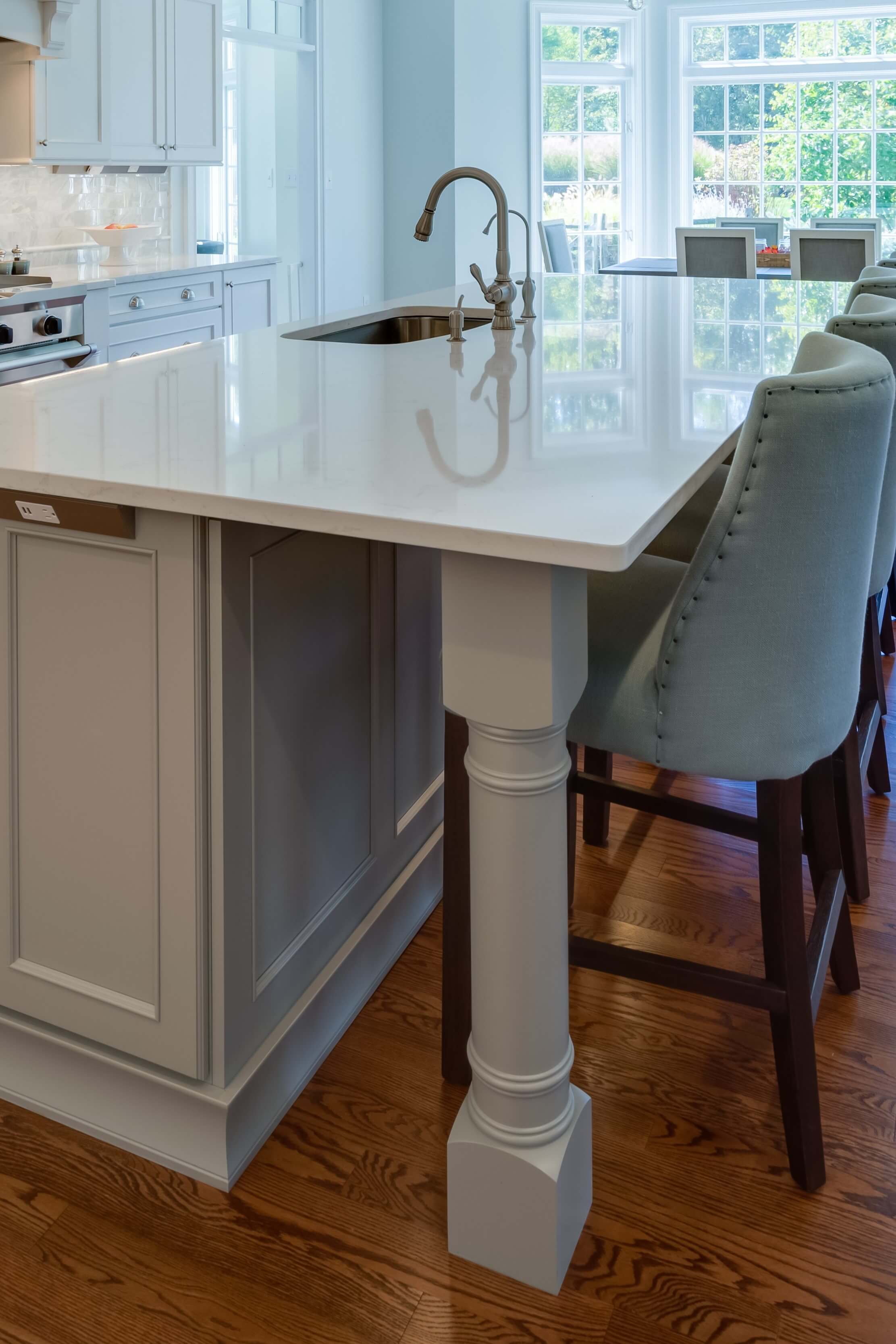Enhance Capability and Style Using High Quality Legs For Kitchen Island
Enhance Capability and Style Using High Quality Legs For Kitchen Island
Blog Article
An Overview to Choosing the Perfect Legs For Cooking Area Island for Your Home
Picking the optimal legs for your kitchen island is a nuanced choice that affects both the performance and aesthetic allure of this main area. Factors such as elevation, materials, and style play a critical duty in harmonizing your island with the general cooking area design. In addition, comprehending the importance of security and upkeep can substantially influence your option. As you consider these elements, it becomes evident that the ideal legs can transform not only the look of your kitchen area but additionally its functionality for many years to find. What particular features should you focus on in this option procedure?

Understanding Kitchen Area Island Legs
When choosing legs for a cooking area island, it's important to understand their functional and visual roles in the total style. The legs offer as an essential support group, making certain stability and sturdiness for the island, which frequently works as an office, eating area, or collecting area. Therefore, the selection of product and building and construction method have to be robust enough to endure daily use and prospective wear.
Along with their architectural obligations, legs add significantly to the island's visual allure. They can boost the kitchen area's style, whether through conventional, contemporary, or diverse layouts. The height and proportion of the legs are additionally vital factors to consider; they should balance with the island's counter top height while making certain comfy seating for those using the room.
In addition, the leg design can affect the general circulation of the cooking area. Open, airy leg designs can create a feeling of lightness, while solid, substantial legs may share an extra based and stable visual - Legs For Kitchen Island. Understanding these functional and aesthetic aspects will guide homeowners in making educated choices that complement their kitchen's layout and enhance its use
Popular Styles and Products
The choice of legs for a kitchen area island encompasses a range of preferred styles and materials, each offering one-of-a-kind attributes that can enhance both functionality and visual appeals. Among the most in-demand designs are modern, rustic, and standard. Contemporary legs typically feature sleek, minimalist layouts that emphasize simplicity and tidy lines, making them suitable for modern kitchen areas. Rustic designs, on the various other hand, accept natural components and commonly display redeemed timber or troubled coatings, including warmth and beauty to the space. Traditional legs usually show ornate details and workmanship, enhancing traditional kitchen styles.

Elevation and Stability Considerations

The legs of the cooking area island should supply ample support, ensuring that the structure can endure day-to-day usage without wobbling or shifting. Product choice plays a substantial role in stability; steel legs, for instance, often tend to use greater toughness contrasted to timber.
Matching Your Kitchen Aesthetic
Selecting the best legs for your cooking area island goes past capability; it also plays a significant duty in the general visual of the room (Legs For Kitchen Island). When picking legs, consider the design style of your kitchen.
Legs that complement or contrast with your island's surface and bordering cabinetry can produce visual harmony or striking focal points. Furthermore, consider the coating of the legs; matte, glossy, or distinctive finishes can considerably impact the general feeling of the kitchen.
Installation and Maintenance Tips
Setting up cooking area island legs calls for careful focus to detail to make certain both stability and visual allure. Begin by picking a suitable area for your island, guaranteeing it is level and has ample room for activity. Utilize a stud finder to find wall studs if you are affixing the legs to a wall surface or utilizing braces for included assistance. Mark the positioning of the legs accurately prior to boring.
When protecting the legs, use high-grade screws and, if essential, wood adhesive for additional toughness. For steel legs, make certain that you you can try here are making use of suitable anchors and tools to avoid damages to your floor covering. It is advisable to examine for levelness after installment, making modifications as required to stay clear of wobbling.
Maintenance is similarly essential for long life - Legs For Kitchen Island. Routinely inspect the legs for any indications of wear or loosening, particularly in high-traffic locations. Tidy the legs with an ideal cleaner, preventing rough products that might scrape the surface area. For wooden legs, consider using a timber conditioner regularly to keep their finish. By complying with these installment and maintenance ideas, you can make sure that your kitchen area island legs stay both aesthetically appealing and useful.
Verdict
In final thought, selecting the ideal legs for a kitchen area island demands cautious consideration of elevation, stability, and aesthetic compatibility. Eventually, thoughtful leg selection plays an important duty in raising both the practicality and design of the kitchen area room.
When picking legs for a kitchen area island, it's essential to understand their visual and useful duties in the general style. Open, ventilated leg styles can create a feeling of lightness, while solid, considerable legs may convey a much more based and steady visual. The legs of the cooking area island should give sufficient assistance, making sure that the framework can withstand day-to-day use without moving or tottering.Setting up kitchen area island legs needs mindful focus to detail to make certain both security and aesthetic charm.In verdict, selecting the appropriate legs for a cooking area island necessitates cautious consideration of height, security, and visual compatibility.
Report this page